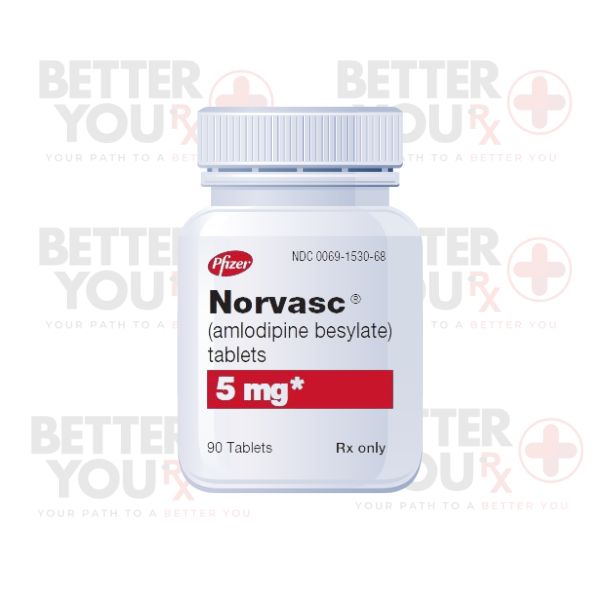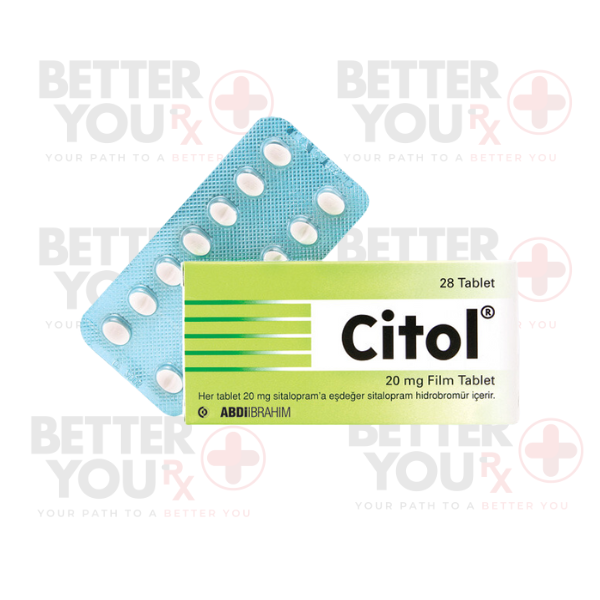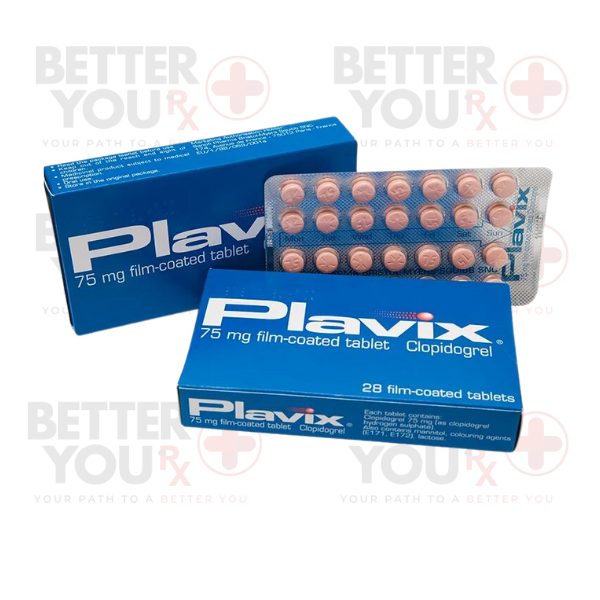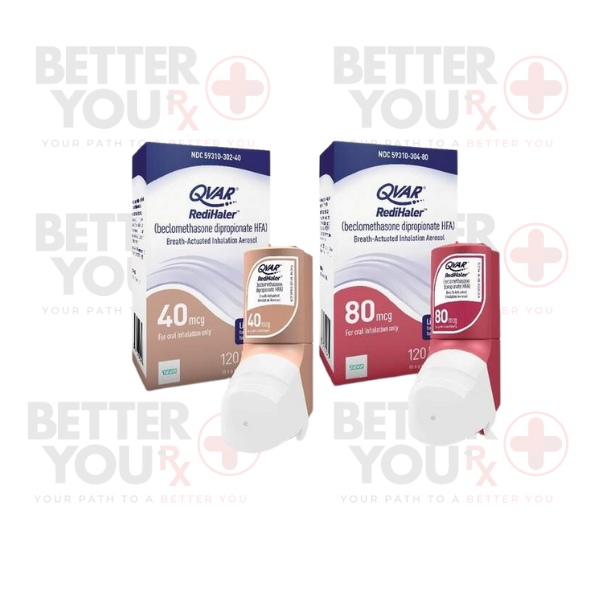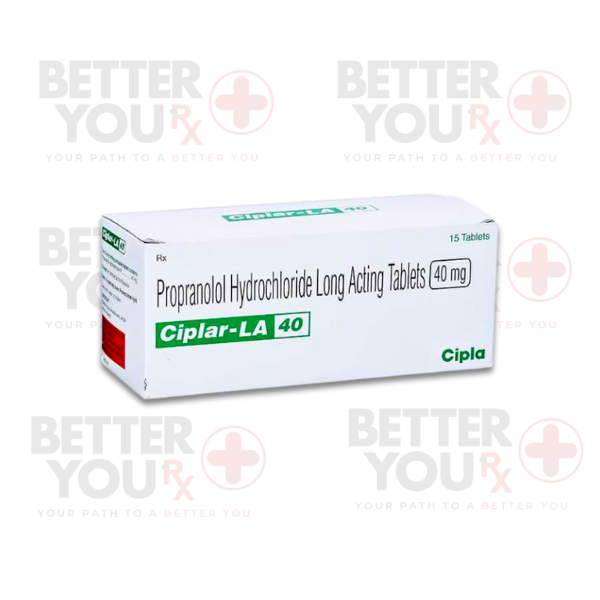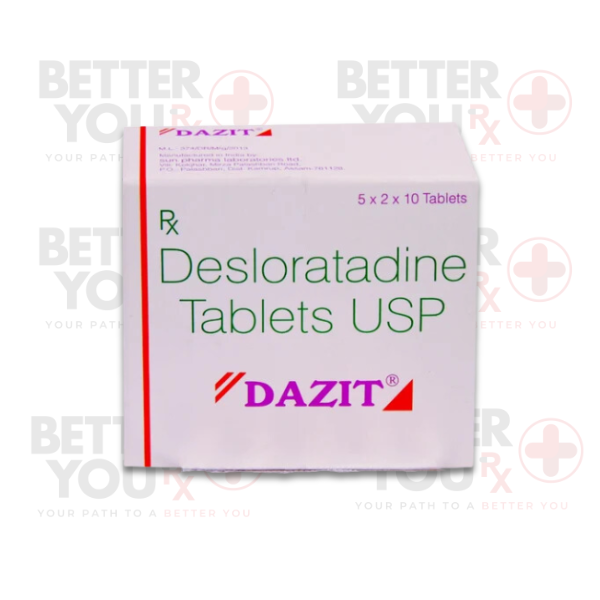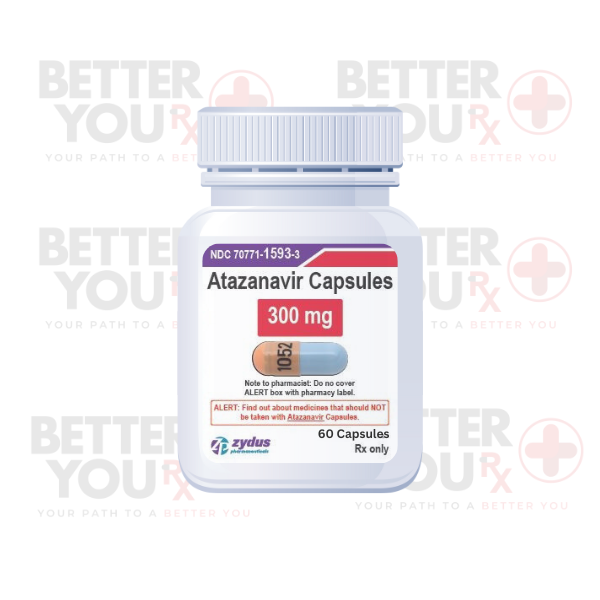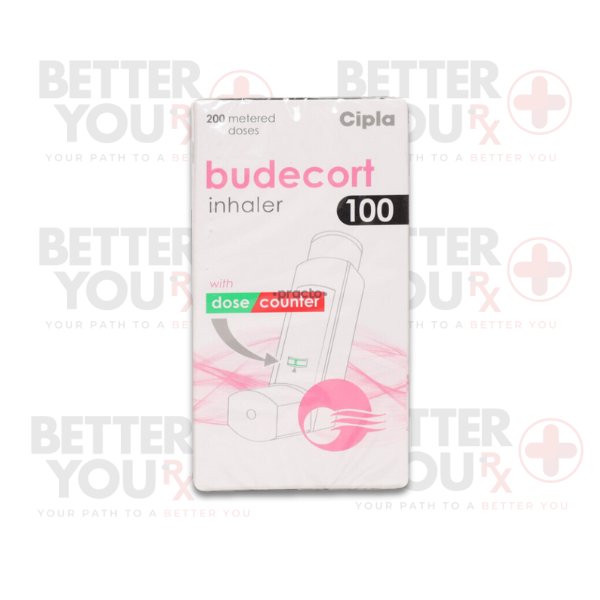Indications:
● Hypertension: Effective in lowering elevated blood pressure, which, if left untreated, can lead to cardiovascular diseases, including stroke, heart attack, heart failure, and aneurysm.
● Chronic Stable Angina: Aids in managing chest pain that occurs with predictable levels of physical exertion or stress.
● Vasospastic Angina: Targeted for those experiencing chest pain at rest, often at night, caused by spasms in the arteries of the heart.
Administration Guidelines
● Consume Norvasc exactly as prescribed by a healthcare provider.
● Can be taken with or without food.
● For hypertension, initial treatment does not preclude subsequent adjustments based on patient response.
● Continuous use even if symptoms of high blood pressure or angina are not present is crucial.
Administration Details
Dosage Forms:
● Norvasc is available in tablet form in dosages of 2.5 mg, 5 mg, and 10 mg of amlodipine besylate.
Dosage:
● The usual initial antihypertensive oral dose of Norvasc is 5 mg once daily, with a maximum dose of 10 mg daily.
● Adjustments can be made according to patient response and tolerance.
Safety Precautions
● Pregnancy and Lactation: Discuss potential risks and benefits with a healthcare provider if pregnant, planning to become pregnant, or breastfeeding.
● Drug Interactions: Notify your healthcare provider about all the medications you are taking to mitigate adverse interactions.
● Liver Impairment: Caution is advised in patients with severe liver impairment. Dose adjustments may be necessary.
Drug Interactions
Significant drug interactions may affect how Norvasc works or increase the risk of serious side effects. Notable interactions can occur with:
Simvastatin: Limits the dose of simvastatin when used concomitantly with Norvasc, due to an increased risk of myopathy and rhabdomyolysis.
Other antihypertensive drugs: May potentiate the blood-pressure-lowering effect and require dosage adjustments.
|

